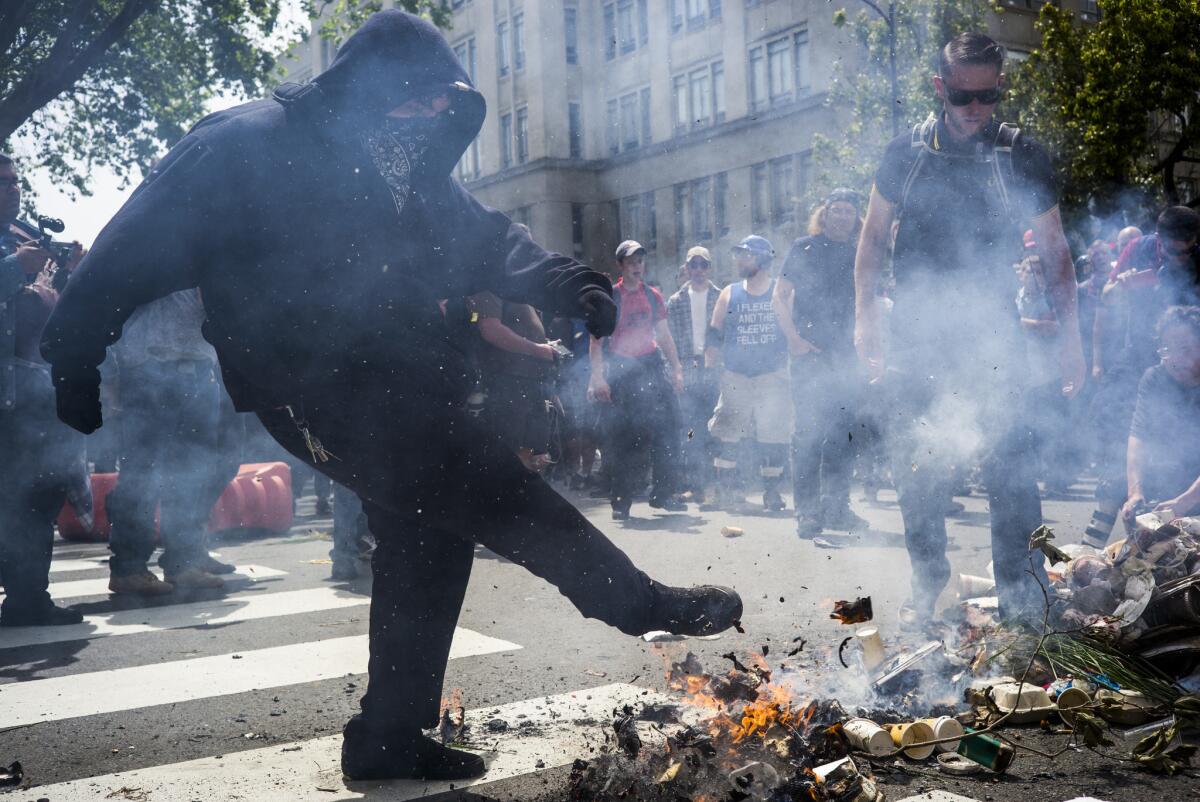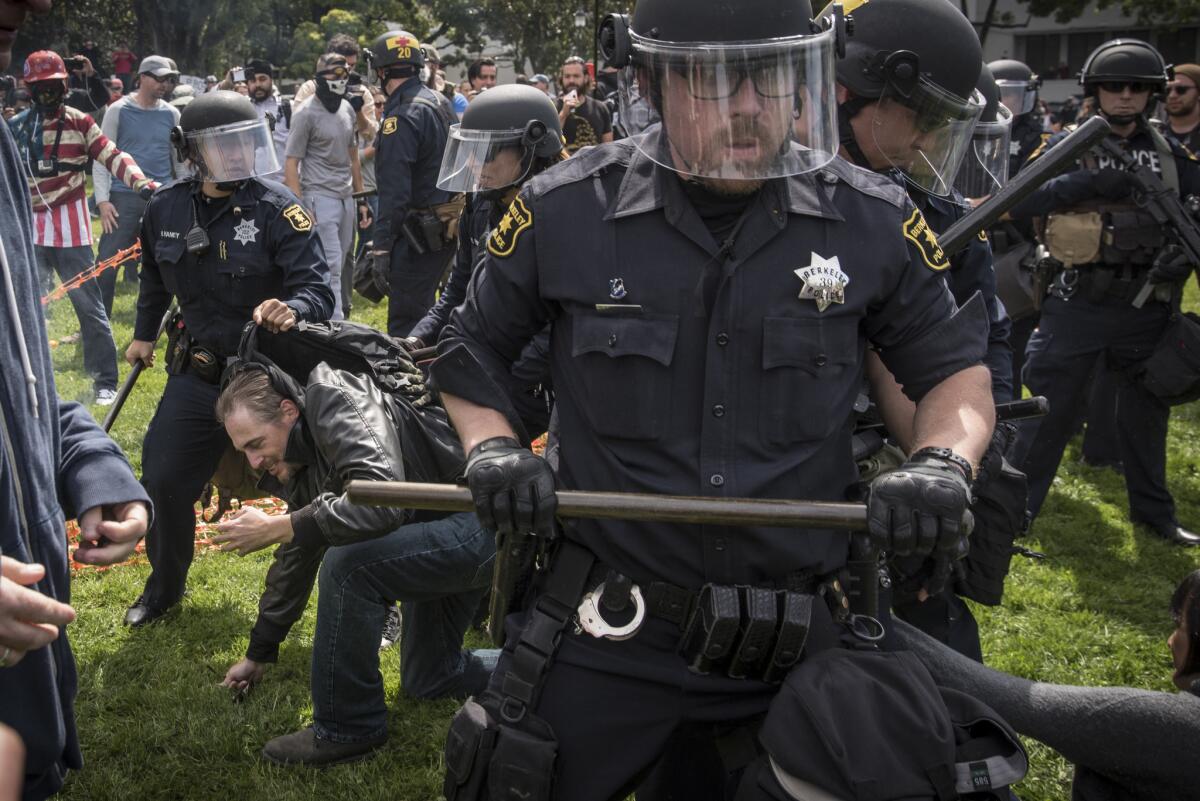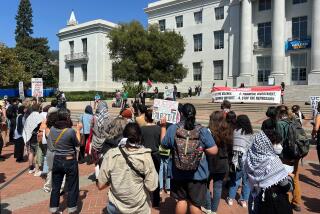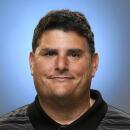How Berkeley became epicenter of violent Trump clashes

Pro-Trump rally in Berkeley
Berkeley, long a hotbed of political protest, has emerged as a flashpoint in the Trump era.
The latest example of this came Saturday, when clashes between backers and critics of the president resulted in 21 arrests.
Berkeley is one of America’s most liberal cities, with a long history of left-wing activism. Trump supporters used the city as a setting for a Patriots Day rally Saturday.
But it goes beyond protests and counter-protests.
A February scheduled appearance by conservative provocateur Milo Yiannopoulos was canceled amid a violent protest on the UC Berkeley campus. That sparked a national debate — in which Trump himself took part — about the line between the right to demonstrate and protecting free speech that some find objectionable.
Why Berkeley?
For one thing, the city, along with Oakland and San Francisco, has a long-established protest culture. The UC Berkeley campus is famously known as the home of the Free Speech Movement. So when pro-Trump forces decided to rally there, plenty of counter-protesters were at the ready to respond.
Saturday’s event brought out a small but robust crowd of Trump supporters.
Stewart Rhodes, founder of the citizen militia group known as the Oath Keepers, said he came from Montana with about 50 others to protect Trump supporters. They were joined by bikers and others who vowed to fight members of an anti-fascist group if they crossed police barricades.
“I don’t mind hitting” the counter-demonstrators, Rhodes said. “In fact, I would kind of enjoy it.”
Having said that, there were violent clashes in Huntington Beach, a decidedly less liberal place, a few weeks ago.
Berkeley is also a potent symbol because of its role as the birthplace of the Free Speech Movement in 1964:
Before fall 1964, students’ politicking had been limited to a small sidewalk strip thought to be off-campus and immune from university restrictions. Students such as Mario Savio returned from searing experiences as civil rights workers in the South and sought to expand campaigns in California, upsetting some state legislators.
After learning that the property was owned by UC, school authorities moved to shut down the area and ban the tables and pamphleting there. Activists challenged the rules by resuming their activities. Three months of confrontations, demonstrations and negotiations followed and became international news. Eventually, the restrictions were lifted with some limitations — a victory that paved the way for later protests supporting women’s’ rights and environmentalism and opposing the Vietnam War.
Who are these counter-demonstrators?
Many were simply Trump critics who felt a need to respond.
But officials have expressed concerns about a more militant, so-called “black bloc” of demonstrators.
The self-described anarchists or anti-fascists have left school and law enforcement officials struggling to cope with their tactics.
The term “black bloc” was used to describe the tight wedges of black-clad protesters in helmets and masks who appeared in street demonstrations in Germany in the 1970s, confounding efforts to single out, identify and prosecute individuals.
In February, UC Berkeley officials criticized what they described as a paramilitary force armed with bats, steel rods, fireworks and Molotov cocktails. They set a fire on campus and prevented Yiannopoulos from speaking.
“They didn’t come to lock arms and sing ‘Kumbaya,’” said Dan Mogulof, assistant vice chancellor and spokesman for UC Berkeley, said at the time. “They came to [mess stuff] up,” he said, using stronger language.
The Times interviewed some of these people earlier this year.
They hailed their actions as a big success.
“It wasn’t just people dressed in black who were acting militantly and everyone else is peace-loving Berkeley hippies,” said Yvette Felarca, a political organizer of By Any Means Necessary, an immigration and affirmative action coalition that seeks to build a mass militant movement. “Everyone cheered when those barricades were dismantled. ... Everyone was there with us in political agreement of the necessity of shutting it down, whatever it was going to take. It shows we have the power.”

What happened on Saturday?
Fistfights broke out near Martin Luther King Jr. Civic Center Park, where Trump supporters had scheduled a rally. Fireworks and smoke bombs were thrown into the crowd, and a few demonstrators were doused with pepper spray.
Both groups threw rocks and sticks at each other and used a large trash bin as a battering ram as the crowd moved around the perimeter of the park. One bank boarded up its ATMs before the rally as a precaution.
About 250 police officers were deployed to the scene by mid-afternoon after officials sought assistance from the neighboring Oakland Police Department.
Twenty-one people were arrested, including some on suspicion of assault with a deadly weapon, according to Officer Byron White of the Berkeley Police Department. Eleven people were injured with at least six taken to a hospital for treatment, including one stabbing victim.
Police confiscated knives, stun guns and poles, White said.

So what’s next?
Another conservative figure, author Ann Coulter, is expected to speak at U.C. Berkeley later this month. And more protests are expected.
ALSO
21 arrested as hundreds of Trump supporters and counter-protesters clash at Berkeley rally
Thousands march in Los Angeles to demand release of Trump tax returns
Break away from the USA? The effort to cleave California faces its own split
UPDATES:
12 p.m.: This post was updated with background on the Free Speech Movement.
The post was originally published at 11 a.m.
More to Read
Sign up for Essential California
The most important California stories and recommendations in your inbox every morning.
You may occasionally receive promotional content from the Los Angeles Times.












